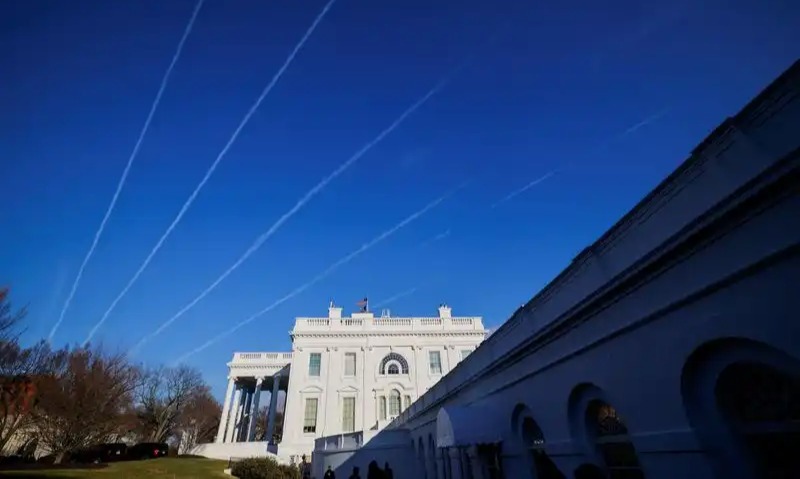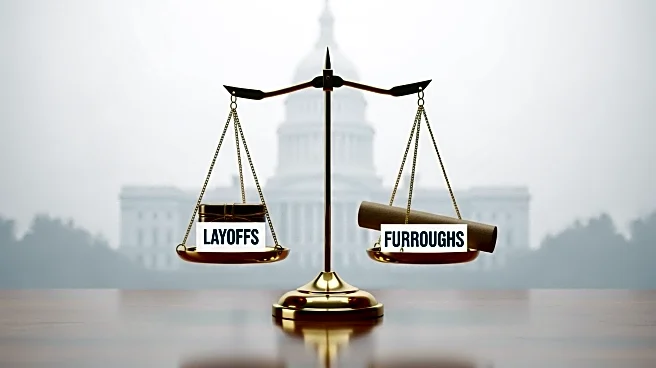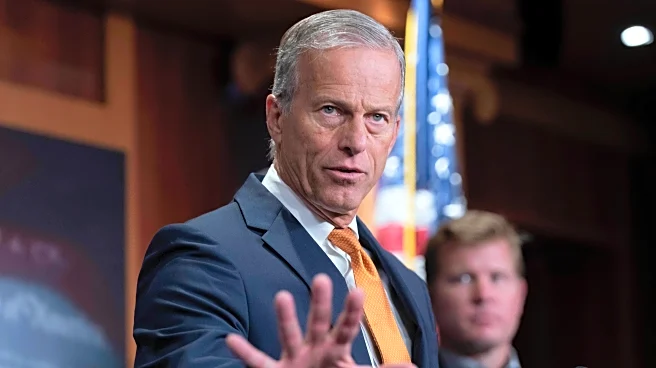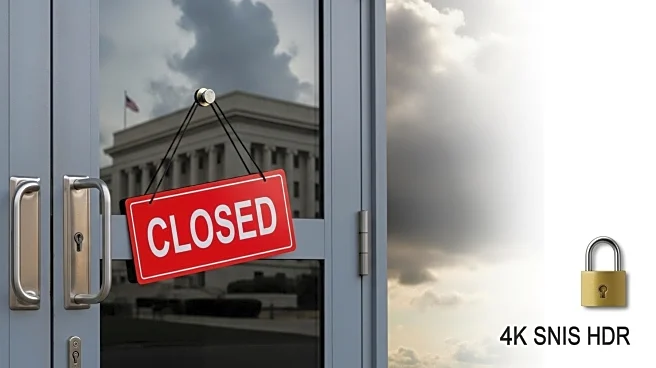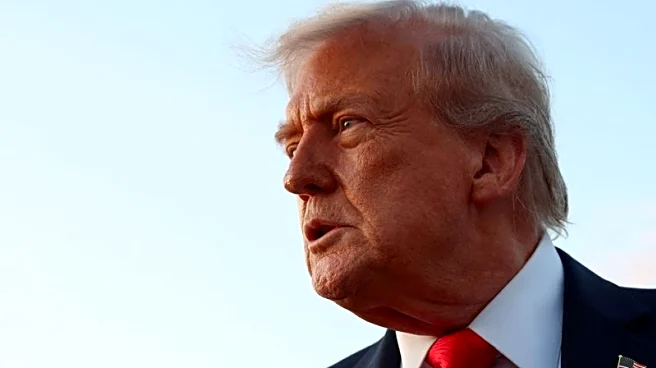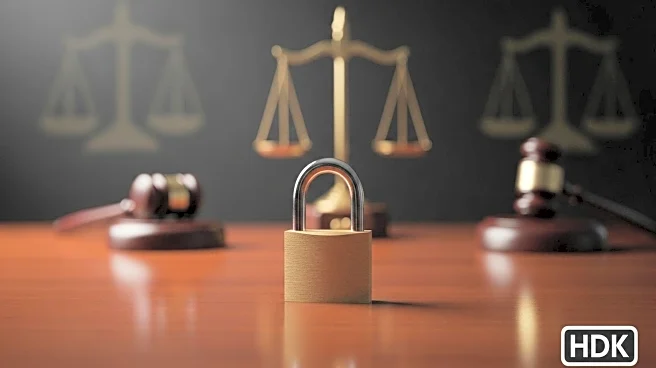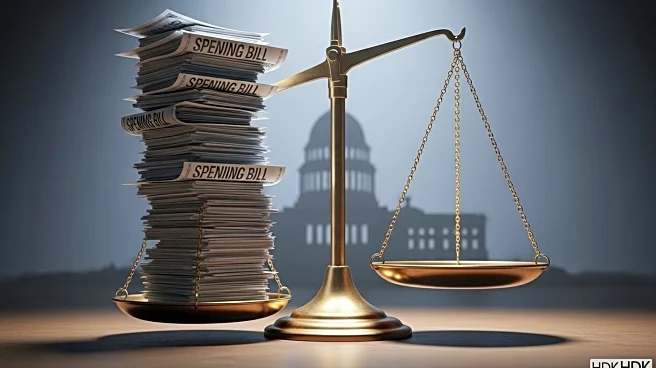What is the story about?
What's Happening?
The U.S. federal government faces a potential shutdown as Congress struggles to pass a stopgap funding bill. With only four days left to reach an agreement, Republicans and Democrats remain divided. Republicans seek a 'clean' resolution to extend funding, while Democrats demand the inclusion of health-care protections, specifically extensions of enhanced premium tax credits under the Affordable Care Act. President Trump has intensified the situation by canceling a meeting with top Democrats and instructing federal agencies to prepare for potential mass firings. A shutdown would impact hundreds of thousands of federal employees and delay key economic data releases.
Why It's Important?
A government shutdown would have widespread consequences, affecting federal employees, economic data reporting, and public services. The political standoff highlights deep divisions in Congress, with each party hoping to avoid blame for the shutdown. The situation underscores the challenges of bipartisan cooperation in a divided government and raises concerns about the stability of federal operations. The potential shutdown also reflects broader political strategies, as the Trump administration prioritizes reducing government size.
What's Next?
If Congress fails to pass the necessary appropriations bills or a continuing resolution by the deadline, the government will shut down. This would lead to furloughs for federal employees and disruptions in government services. Both parties will likely continue negotiations, but the outcome remains uncertain. The situation may prompt public backlash and influence future political dynamics, particularly as each side seeks to avoid responsibility for the shutdown.
AI Generated Content
Do you find this article useful?


